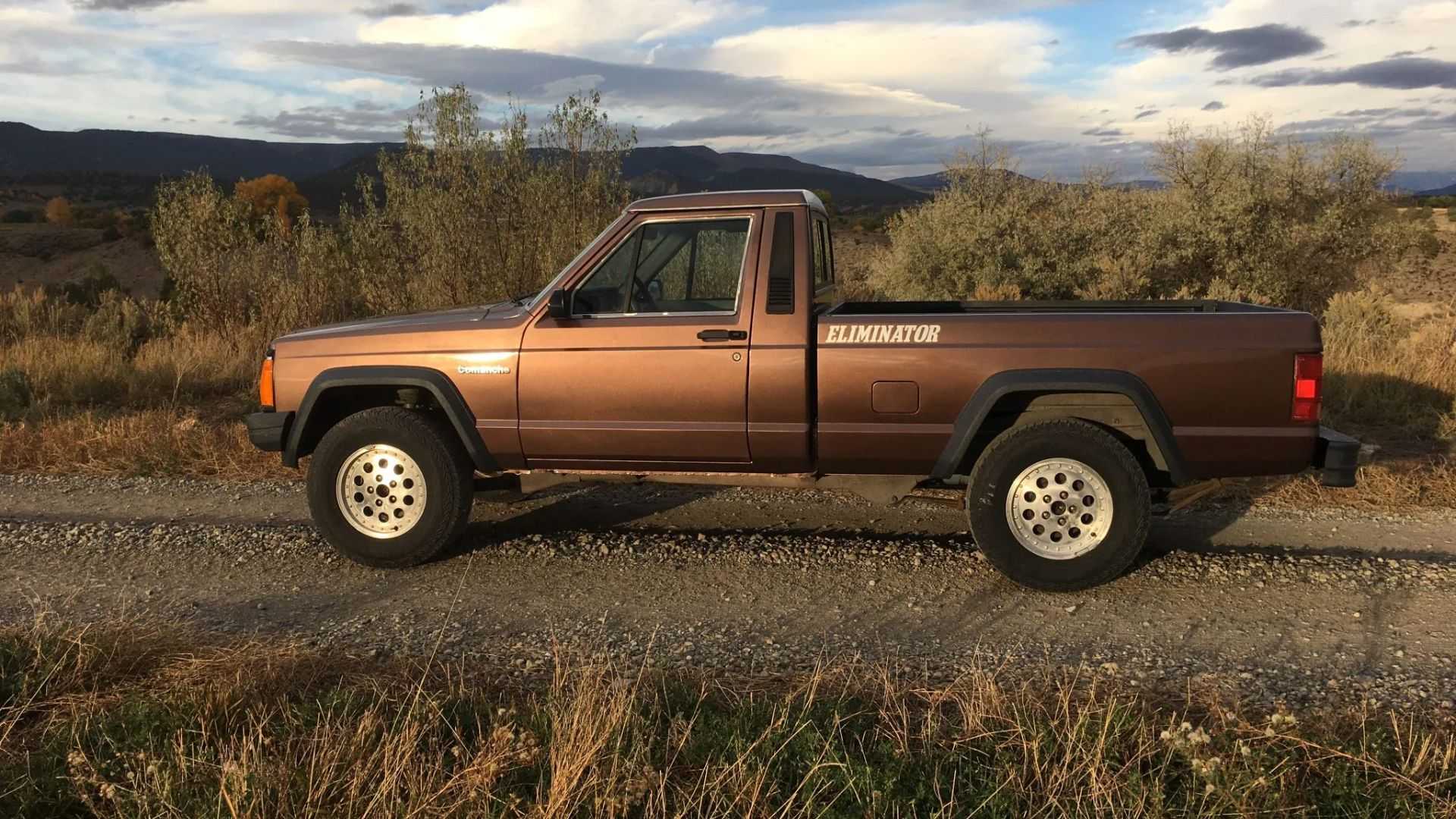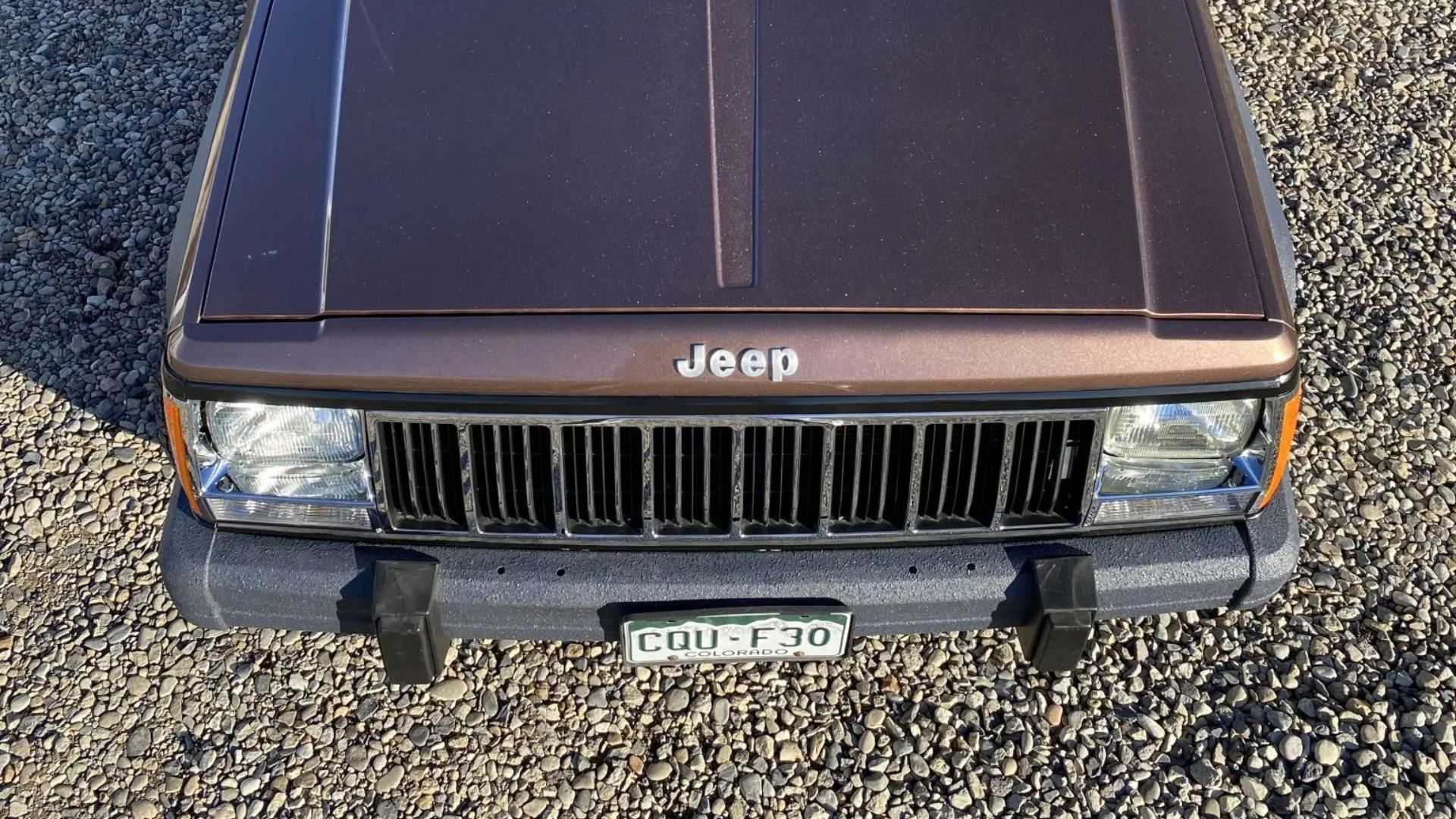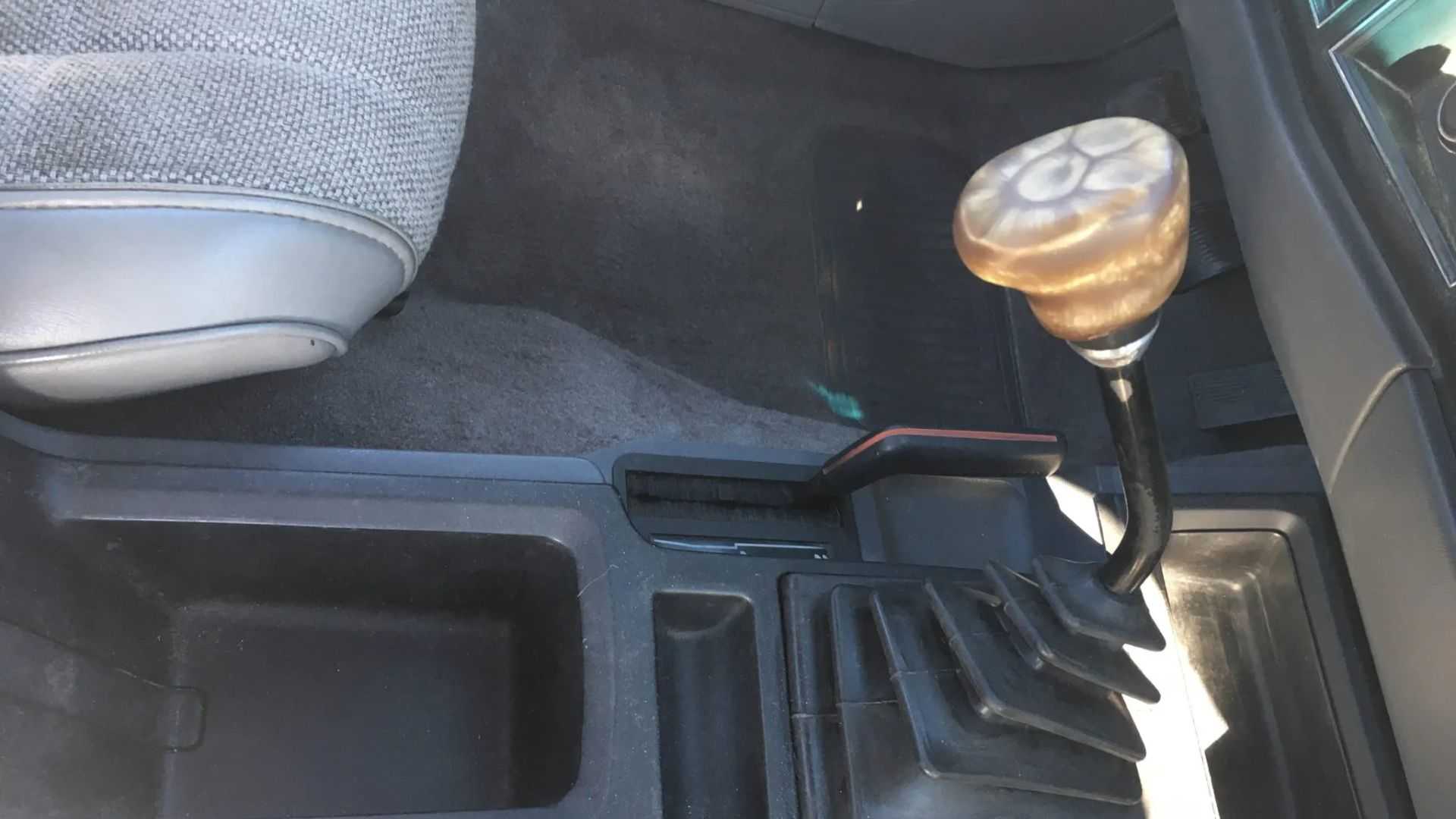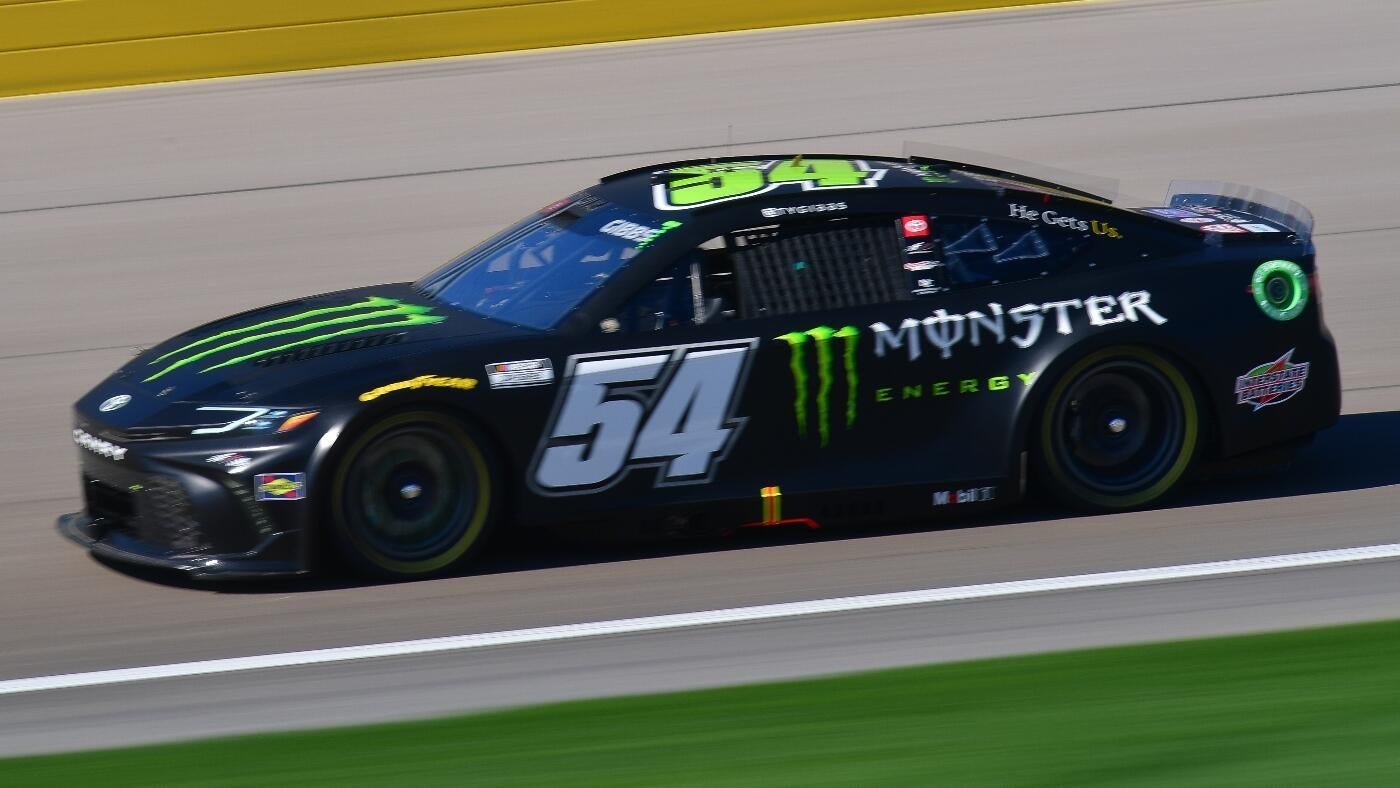
Jeep’s Elusive Sports Truck: A Rare Find That Won’t Break the Bank
Quick Links
-
Why People Forgot This Sporty Comanche
- Jeep’s Low-Volume Comanche Variant
-
The Rare And Collectible Eliminator
- Finding An Eliminator Today
-
Why This Jeep Deserves A Second Look
-
Don’t Eliminate The Eliminator
Did
Jeep
make a rare mistake with its controversial Comanche Eliminator truck? For several reasons, this sporty compact pickup truck seemed to miss the mark during its limited production run from 1988 to 1992, but today, it’s possible for enthusiasts to pick up a piece of Jeep’s unique legacy at a fairly reasonable cost. So, why did this Comanche variant fail to excite the marketplace, and why is it such an affordable classic for collectors and off-road enthusiasts today?
Information in the article comes from authority sites and online markets and any opinions in the article are those of the author.
Why People Forgot This Sporty Comanche

On the face of it, the
Jeep Comanche
Eliminator should have been a success. After all, there was a lot of demand in the
compact pickup
segment in the late 1980s and early 1990s and in the Comanche, Jeep already had a successful market contender. Jeep clearly thought that people would be attracted to the sporting nature of this variant, but as it turns out, buyers seemed to prioritize utility over performance and, in most cases, overlooked Jeep’s attempt to be hip. Also, the segment was fiercely competitive, with rivals such as the
Chevrolet
S-10 or the
Ford Ranger
tending to dominate sales. Jeep would put most of its marketing money into promoting the
Cherokee
and
Wrangler
as well, so the Comanche was very much a secondary offering.
Then there was this vehicle’s very name, which proved to be a little controversial. Some people thought that the combination of “Comanche” (in the context of the Native American tribe) and “Eliminator” was very unfortunate. To some, it would evoke the tragic history of Native American displacement, which could certainly have alienated some potential buyers. So, even a record-setting 141.381 mph run over the
Bonneville salt flats
(for a heavily-modified version of the Eliminator) could not spike demand.
Jeep’s Low-Volume Comanche Variant
The Jeep Comanche Eliminator first appeared for the 1988 model year, with a 4.0-liter inline-six engine producing 177 hp. Later in its run, Jeep would upgrade the engine to push out 190 hp, so this was certainly one of the more powerful
compact trucks
of its era. It featured several distinctive styling cues, with sporty decals, a tachometer, and alloy wheels, while inside, you’d get bucket seats, and a custom door panel set to add a bit of style to its utilitarian roots. The Eliminator was also versatile enough for both
off-road adventures
and highway cruising, as you could choose from either a rear-wheel-drive configuration or four-wheel drive.
Still, the Eliminator variant was a niche product and represented only a small subset of the total Comanche production run. In fact, during its final appearance in 1992, Jeep only produced around 950 units, contributing to its rare status today. Apparently, the company was not overly impressed by its low sales figures and
Chrysler
, its new parent, wanted to position the Jeep brand within the
SUV
space instead.
Dodge
would now become the main truck manufacturer, and this left all the Comanches, including the sporty Eliminator trim, on the sidelines.
The Rare And Collectible Eliminator

Today, you can certainly find plenty of used Jeep Comanches, but the Eliminator version is rare. In fact, it’s scarcer than many
exotic cars
from that time, but doesn’t have the same type of appeal to collectors. Most of these Jeeps were work horses and almost four decades later, you can expect many surviving examples to exhibit a lot of wear and tear. Rust was certainly a problem in regions with harsh winters or steamy summers, which tends to add to the potential challenge today. However, there are quite a lot of Comanche Eliminator fans on various online forums who work to preserve these trucks and share parts or tips with others. The good news is that the Comanche shares a lot of components with the
Jeep Cherokee XJ
, so restoration projects are feasible.
If you’re very lucky, you may come across an even rarer variant, called the Street Comanche. This special edition was a dealer or regional promotion that had links to the Sports Car Club of America racing series in the 1980s. It was a limited-run edition with some sporty upgrades, but very few of them exist now.
Finding An Eliminator Today
Despite the rare nature of the Jeep Comanche Eliminator, you’re looking at an affordable buy when you compare it to other classic vehicles of similar scarcity. Certainly, its value will depend on its condition, drivetrain, mileage, and modifications and so the price range does vary widely. In 2025, vehicles in only fair condition with high mileage, mechanical issues, or evidence of rust, could be yours for between $1,000 and $5,000. However, one that is in excellent condition with around 150,000 miles could range between $10,000 and $20,000. Don’t be surprised if vehicles in pristine condition with low mileage, and especially the rare four-wheel-drive model with the high-output engine, could fetch more than $25,000.
Remember, the Eliminator represents only a small subset of the total Comanche output, and few people today will remember its existence. It’s likely you’ll be able to find a reasonable Comanche Eliminator for a lot less money than some other vintage trucks, like the Dodge Viper-powered
Ram SRT-10
. And if you want to pick up an Eliminator to use as a daily driver, you shouldn’t be too disappointed with its fuel economy, coming in at between 18 and 22 MPG for the most efficient 4.0-liter engine.
Why This Jeep Deserves A Second Look

The Jeep Comanche Eliminator does present a compelling case for any enthusiasts or collectors who are looking for a unique and affordable classic. After all, it gives you a good combination of robust performance and sporty styling, and the Jeep brand name contributes to its value. In addition, the 4.0-liter
inline-six
is durable and certainly capable of handling modern highway speeds, while the design of the truck itself is an unusual feature. After all, the Comanche sits on a
unibody
front and body-on-frame rear, so it has a good balance of rigidity and utility, adding to its all-round versatility.
If you’re an off-road enthusiast, try and find one of the four-wheel-drive versions of the Eliminator for capable performance, while rear-wheel-drive versions still exhibit some of that sporty positioning with their lowered stance. The compact size of this truck also makes it easy to maneuver and far more so than some modern-day pickups, and you can also remove the cargo bed if you have some modification plans up your sleeve. Those bucket seats are certainly unusual in a compact truck and contribute to the Eliminator’s rather quirky appeal, and don’t forget that this was Jeep’s last pickup for this era, as the company wouldn’t turn back to the segment until 2019 with the
Gladiator
.
Don’t Eliminate The Eliminator

Some collectors are exhibiting a keen interest in vintage pickups and may be on the hunt for some forgotten gems. The Jeep Comanche Eliminator would certainly be on their radar, especially when you consider that its prices today are accessible alongside other classic vehicles. So, the Eliminator may offer you the chance to own a small piece of automotive history and it’s something that would certainly stand out among today’s predictable array of modern trucks.
Sources:
Bring a Trailer
Share this content:





















Post Comment